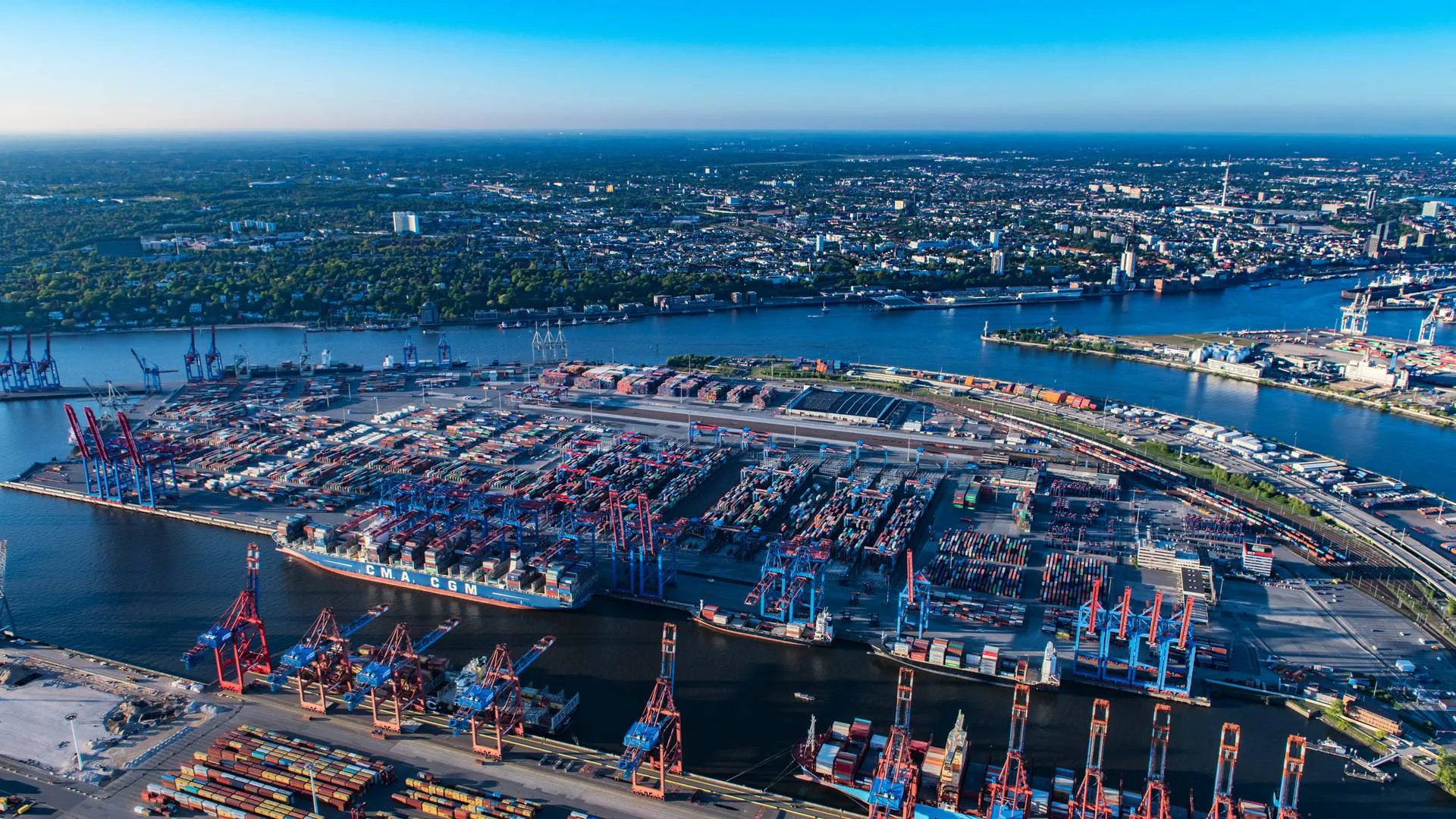For the fleet, currently at 9.95 million TEU, ship orders are set to surpass the symbolic 10 million TEU threshold with another significant order.
According to Alphaliner, the order book has already reached historic highs, hitting 7.19 million TEU in 2022, breaking the previous record of 7.12 million TEU set in 2008.
Alphaliner’s report stated, “Since mid-2024, carriers and non-operating vessel owners have placed orders for nearly 600 new ships. Subtracting some failed orders and the numerous ships delivered since mid-2024 from this number, approximately 2.80 million TEU has been added to the net order book, pushing the global container ship pipeline to 10 million TEU. The order book-to-fleet ratio currently stands at 30.4%.”
High profits achieved over the last five years have allowed shipping companies to increase their cash reserves and order ships without taking on debt. Regulations aimed at reducing carbon emissions are also driving the increase in orders.
The easiest way to reduce emissions and comply with new environmental regulations is to slow ships down, which will require more tonnage as vessel speeds decrease.
Alphaliner also noted: “Despite the rapidly growing fleet, shipping companies are still struggling to fill all the blank sailings in their schedules, and many services are suffering from a tonnage shortage. As a result, charter rates, second-hand asset prices, and market sentiment remain at high levels.”
Due to the sheer number of new orders, finding available shipyard slots in the near term has become difficult. Today’s order book stretches out to 2030, far exceeding the typical two-year construction time for a ship after it is ordered.
However, according to Alphaliner, while carriers believe long-term growth will justify the capacity increase, an oversupply is not certain because a ship only needs a few years of profitability to pay back its investment.
Alphaliner shared the view: “The global population is still growing, and millions of consumers in regions like India and West Africa will enter the middle class during the lifetime of a container ship. Consequently, container trade to and from these regions is expected to continue growing steadily.”
Whether this steady growth will mean freight rates can be maintained at a profitable level is debatable.
Currently, the World Bank’s estimate suggests the maximum average growth rate for container shipping will be 6%. This rate could accommodate the current order book, provided ships continue to sail around the Cape.
Alphaliner also commented, “For instance, should there be a sudden slowdown in tonnage demand due to a recession or the redirection of ships back to the Red Sea, the rapidly growing ship fleet could struggle for employment.”





